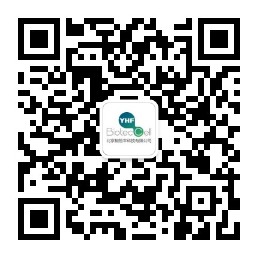{{item}}
The protein CD80 (Cluster of Differentiation 80), also known as B7-1, is a molecule found on activated B cells and monocytes. CD80 provides a co-stimulatory signal necessary for T cell activation and survival. The cDNA for CD80/B7-1 predicts it to be a type I membrane protein, i.e., one synthesized with a signal peptide that is cleaved upon translocation across the endoplasmic membrane. The protein is predicted to contain two extracellular domains structurally similar to those of immunoglobulin (Ig), a hydrophobic transmembrane region, and a short cytoplasmic domain. The CD80 and CD86 (601020) genes encode B7-1 and B7-2, respectively, which are structurally similar members of the immunoglobulin superfamily expressed on a variety of hematopoietic cell types. It is known that B7-1 and B7-2 provide a co-stimulatory signal to T cells by interacting with CD28 and CTLA4. The standard product used in this kit is recombinant B7-1?D37?K245?which is composed of two single chains acids with the dipolymer. ScienCell's mouse B7-1/CD80 ELISA kit is based on standard sandwich enzyme-linked immune-sorbent assay technology. Mouse B7-1/CD80-specific polyclonal antibodies are pre-coated onto 8 x 12 divisible strips. The mouse-specific detection polyclonal antibodies are biotinylated. The test samples and biotinylated detection antibodies are subsequently added to the wells and then washed with PBS or TBS buffer. Avidin-Biotin-Peroxidase Complex is added and unbound conjugates are washed away with PBS or TBS buffer. HRP substrate TMB is used to visualize HRP enzymatic reaction. TMB is catalyzed by HRP to produce a blue color product that changes to yellow after adding acidic stop solution. The intensity of yellow is proportional to the amount of mouse B7-1/CD80 in the sample that is captured on the strips.
| 货号 | EK0708 |
| 产地 | 美国 |
| 缩写 | mCD80-ELISA |
| 规格 | 96 tests |
| 用途 | 科研 |
| 储存 | 4度 |
| 运输 | 胶冰 |
No Publication available at this time
There are no product questions yet.
Elisa试剂盒
Elisa试剂盒























